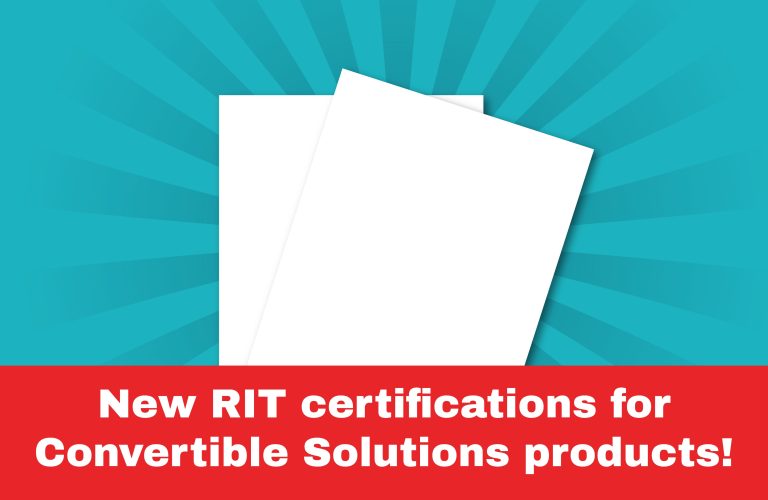
Kicking Fundraising into High Gear!
For nonprofit organizations, fundraising is their lifeblood. But what happens when your fundraising goes flat? How do you breathe new life into existing efforts? Here are five ways that real nonprofits have kicked fundraising into high gear.
1. Personalize the content.
When one historical museum found its fundraising going flat, it decided to test personalized communications versus nonpersonalized communications. It found that by personalizing elements of its donor newsletter, it achieved a 30% lift in response rates from active members and 25% from sustaining members (regular, automatic gifts). Personalization was fairly simple (recipient’s name, state, the number of charter members in that state, and prefilled forms), but it was highly effective.
2. Create a little competition.
When it was time for its annual donation drive, one university decided to create a little competition. It used personalized direct mail and email to invite alumni to a Facebook party where they could interact with other graduates and their favorite professors. There was a soft push to give, and the class with the highest donation levels won a free happy hour. The college doubled the number of alumni donating to the school and added many new names to its database for the subsequent year.
3. Create custom gifts.
One nonprofit children’s organization funds itself through sales of custom note cards and merchandise. Previously, it had produced its custom cards by imprinting on offset printed shells but knew it was leaving money on the table through unsold inventory, high error rates in order processing, and slow turnarounds. It switched to an online catalog powered by a Web-to-print solution. This gave customers more choices, faster “cards in hand,” and the ability to fully personalize their products, while reducing the organization’s error rate at the same time. The results? Higher revenues and more profits!
4. Look for areas of disconnect.
Based on a review of the giving history of previous donors, one donor-funded educational organization discovered a disconnect with its donor base. Donors didn’t understand its mission or the benefits it provided. So it launched a direct mail campaign to reconnect with donors, educate them about the value of its services, and get them back on board with its mission. As part of this effort, donors were encouraged to visit a personalized URL, provide feedback, and begin a dialog with the organization. It worked — 6% of recipients logged into their personalized URLs and 90% of those completed the survey. The dialog had begun!
5. Develop ideal donor profiles and clone your list.
What if everything you are doing is working . . . you just need more of it? You create a demographic and psychographic profile of your best donors, then go out and find new donors just like them. One cultural museum did just this. It asked a third-party provider to analyze its donor base to determine what characteristics to look for in potential prospects. It then launched a direct mail campaign to reach lapsed and prospective donors. The museum achieved a 10% to 15% lift in donation amounts compared to the previous year.
Are any of these strategies speaking to you? Put them into action to increase your donor base and revenues from your fundraising drives.








